#erebidae
Explore tagged Tumblr posts
Text


This animal was sort of requested!
#eurasian bug#invasive species in africa#north america#and south america#insecta#insect#insects#lepidoptera#moth#moths#noctuoidea#erebidae#animal polls#poll blog#my polls#animals#polls#tumblr polls#bugs#bug#spongy moth
64 notes
·
View notes
Photo




White-barred tiger moth, Echeta grandis, Erebidae
Found in Ecuador
Photo 1 by jvacl, 2 by desertnaturalist, 3 by rhexia, and 4 by jplove
#animals#curators on tumblr#insects#bugs#moth#erebidae#tiger moth#white barred tiger moth#one nice bug
9K notes
·
View notes
Text

Green Tiger Moth (Chlorhoda thoracica), family Erebidae, Peru
photograph by Alejo Lopez
6K notes
·
View notes
Text
Moth Of The Day #244
Ernassa cruenta
From the erebidae family. They can be found French Guinea, Ecuador, Peru and Brazil.


Image sources: [1] [2]
#moth#moths#lepidopterology#lepidoptera#nature#pretty moth#bugs#insect#moth of the day#motd#lepidoptery#entomology#bugblr#invertebrates#beautiful moth#ernassa cruenta#erebidae#erebidae moth
2K notes
·
View notes
Text




Millions gee as painted tiger moth (Arachnis picta - Erebidae)
156 notes
·
View notes
Text


hello my dears... last post for a while now... angelic yellow tussock (Euproctis lutea)
so the way it positions its legs just reminds me so much of an angel... like the front legs above its head like its waving, middle legs out front like a hug, and then the back legs straight down like actual human legs
the tinniest and fluffiest tussock ive seen... it looked like a piece of dirt on the wall... only sprouting legs and eyes on closer inspection

also... i have an important announcement to make... im going to be gone for a while but ill be back
due to certain unavoidable changes in my life i wont be posting as frequently...
but i plan on collabing with some other big names on tumblr and returning with even better shots... so please continuing following me and staying tuned <3
#photography#macro#nature#bugs#arthropods#entomology#insects#bugblr#macro photography#mothblur#moths#tussock moths#fluffy#lepidoptera#lepidopterology#erebidae#bye lol#ill miss yall
149 notes
·
View notes
Text


Eilema here is one of several moth genera known as footman moths. with common names being a mess as usual, one easy way to tell this genus apart from the others is that it is the most smokable looking one
(October 8th, 2024)
135 notes
·
View notes
Text


May I offer you an emotional support moth today
(Orgyia sp, 7/4/2024)
119 notes
·
View notes
Text




Bug of the Day
...That jerk at the party who keeps photobombing all of your shots
:-D
(painted lichen moth, Hypoprepia fuscosa, and then top to bottom: unknown Tortricidae sp., oak besma, Besma quercivoraria, Xestia c-nigrum complex, and Northern pine sphinx, Lapara bombycoides)
#painted lichen moth#Hypoprepia fucosa#Hypoprepia#Erebidae#moth#Lepidoptera#Northern pine sphinx#pine sphinx#Lapara bombycoides#Lapara#Sphingidae#Tortricidae#oak Besma#Besma#Besma quercivoraria#Geometridae#bug of the day#BotD#photobomb#moth photobomb#attention hog
142 notes
·
View notes
Text

Symphlebia
208 notes
·
View notes
Photo



Lichen moth, Barsine rubricostata, Erebidae
Photographed in Malaysia by dhfischer
#animals#curators on tumblr#insects#bugs#moth#lichen moth#tiger moth#erebidae#arctiinae#one nice bug
6K notes
·
View notes
Text

Regal Iridescent Tiger Moth (Chrysocale regalis), family Erebidae, Colombia
photograph by Alejo Lopez
1K notes
·
View notes
Text
Moth Of The Day #186
Arge Moth / Arge Tiger Moth
Apantesis arge
From the erebidae family. They have a wingspan of 38-50 mm. It can be found throughout North America.
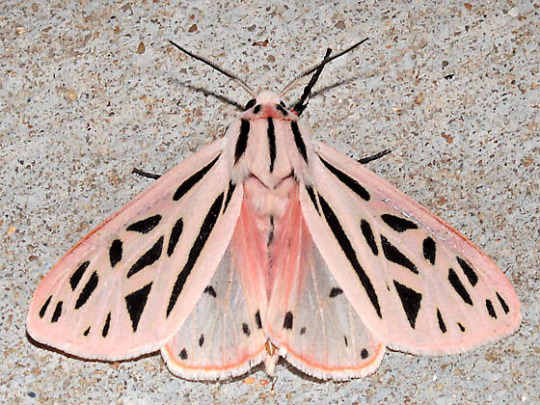
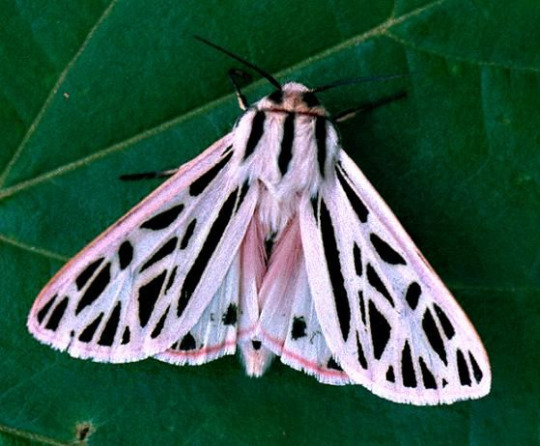
Image sources: [1] [2]
#moth#moths#lepidopterology#lepidoptera#nature#pretty moth#insect#bugs#moth of the day#motd#lepidoptery#entomology#lepidopterist#bugblr#bug#insects#erebidae#erebidae moth#arge moth#arge tiger moth#apantesis arge#invertebrates
1K notes
·
View notes
Text

Kobra kid as Apantesis ornata (ornate tiger moth - Erebidae)
Fun fact, some members of the Erebidae have really prominent hair pencils, which are pheromone organs in moths and butterflies. Like my girl Creatonotos gangis, which belongs to the same subfamily as the ornate tiger moth (Arctiinae - tiger moths)


97 notes
·
View notes
Text

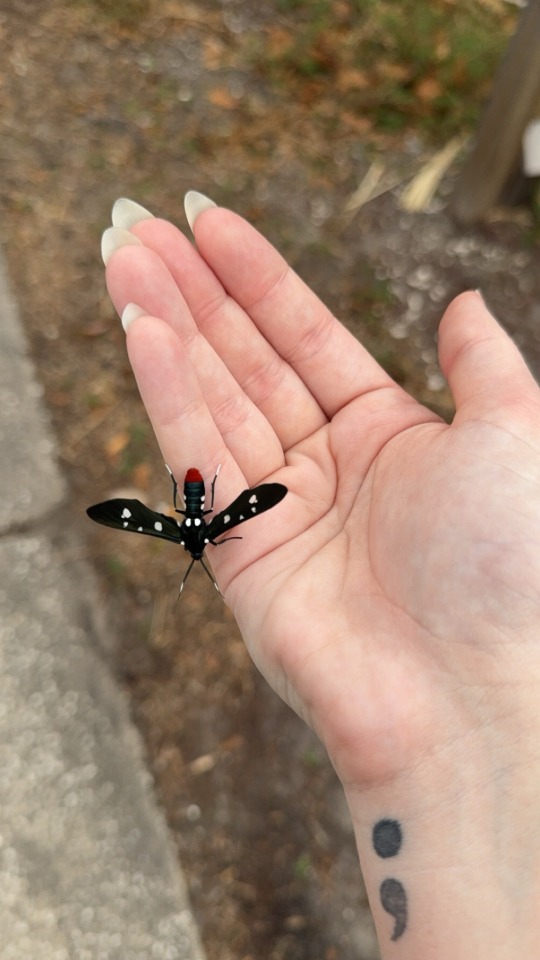
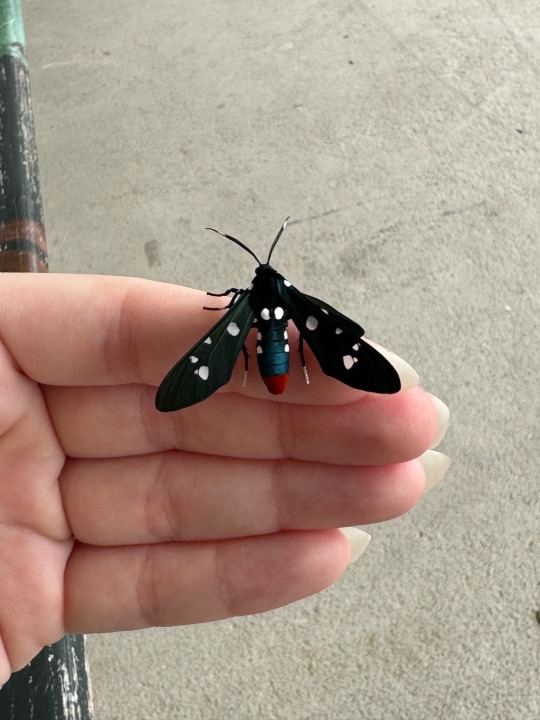
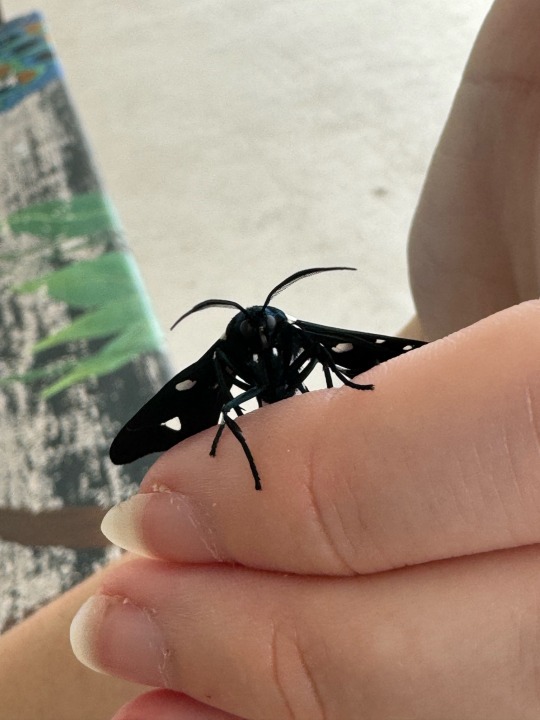
Polka-dot wasp moth (Syntomeida epilais)
#sorry for ghosting y’all I’m gonna try to post more again#nature#entomology#bug#insect#mine#moth#wasp moth#polka dot wasp moth#erebidae#lepidoptera
171 notes
·
View notes
Text



Black Witch Moth vinyl stickers! Just added to my Etsy shop. $3, comes with a postcard.
#Ascalapha odorata#black witch moth#moth#black witch#lepidopterology#lepidoptera#wings#blue#Erebidae#illustration#jada fitch#art#watercolor#painting#nature#naturalist#sticker#etsy#vinyl sticker#waterproof sticker#bug#insect#maine etsy shop
69 notes
·
View notes